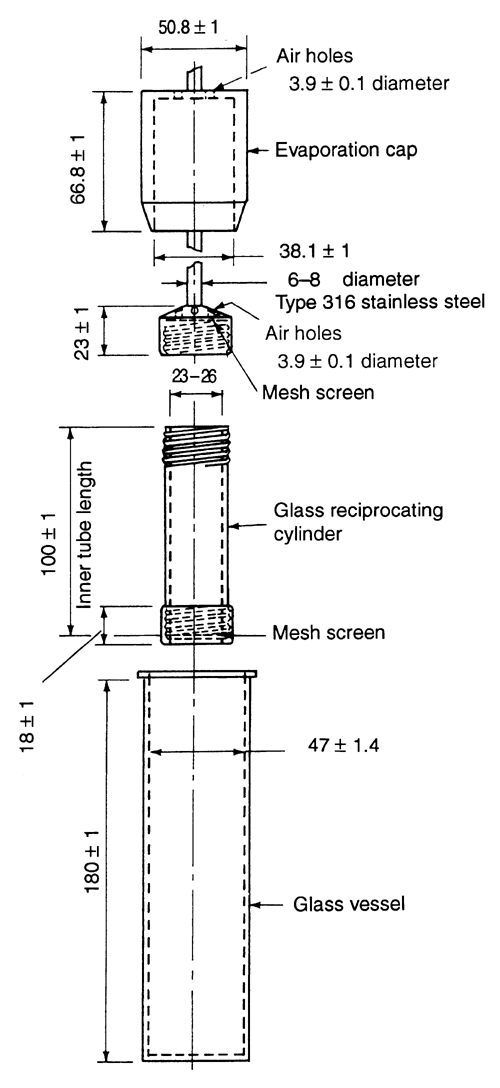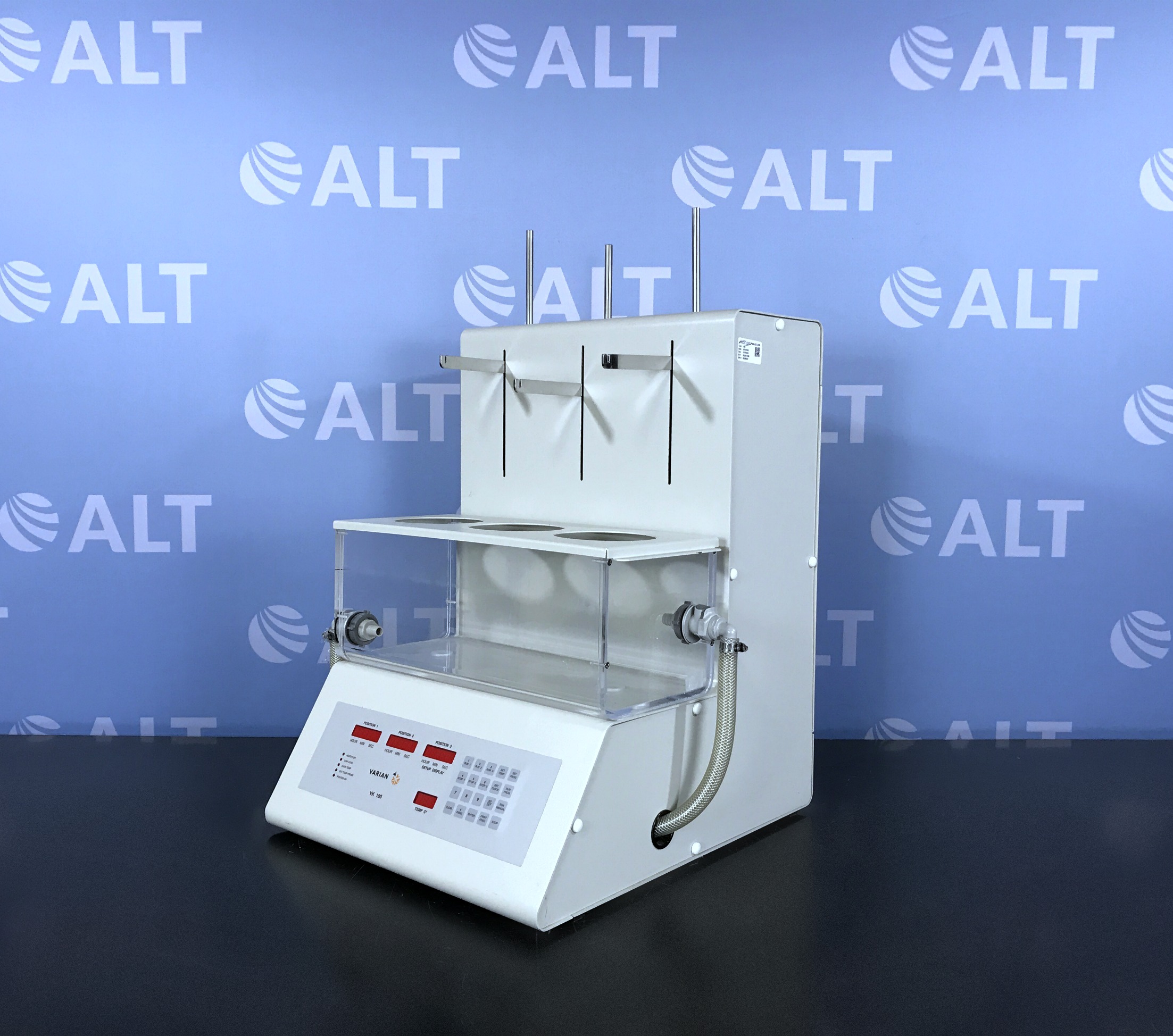

If the particle begins to "bubble" within a few minutes or is mostly dissolved within 24 hours, it is likely calcium carbonate.

To determine whether the material is calcium carbonate or polypropylene, place the material in a small amount of distilled vinegar. Over time, calcium carbonate may accumulate at the bottom of the water heater and collect in your aerators. This plastic can break apart or disintegrate and travel in hot water to your faucet, eventually collecting in the aerator.ĭissolved calcium is naturally found in our drinking water and can naturally change to calcium carbonate in hot water heaters. The hot water heater dip tube is made of a nontoxic plastic material called polypropylene. The most common source of buildup in aerators is from the hot water heater. Particle buildup is often white and comes from a variety of sources. Aerator screens can collect particles found in water and should be routinely cleaned throughout the year and replaced once a year. What could this be?Īerators are strainers attached to your faucet or showerhead that break up the flow of water as it leaves your tap.

The strainers in my faucets are clogged with white particles. One way to remove the air is to run the cold water faucets in all sinks and tubs (after removing the aerators) for 5 minutes starting at the lowest level of the residence. If you try this and the cloudiness does not disappear after several minutes after collecting a sample of cold water in a clear container, contact South Island PSD at 84. If the water clears from the bottom to the top of the container, air bubbles are rising to the surface. You can test this by running the cold water into a clear container and observing for a few minutes. Cloudiness and air bubbles should naturally disappear in a few minutes. Hot water can sometimes be cloudy due to dissolved gases in the water escaping as the water is heated. Construction in the distribution system can also allow air to enter the pipes and cause the appearance of cloudy water. Consequently, when the cold water enters your building and begins to warm, the oxygen bubbles escape and cause the water to look cloudy or milky. During colder months, water in outdoor pipes is colder and holds more oxygen than household pipes. Cloudiness and air bubbles do not present a health risk. Milky or cloudy water is often caused by oxygen bubbles in the pipes that are released when water leaves the tap. Why does tap water sometimes look milky or cloudy? If the color does not disappear after 15 minutes of flushing, contact the South Island PSD at 84 Flushing your cold water tap for 15 minutes should clear up discolored water. In addition, do not wash clothes when water appears rusty, because the rust can stain fabric. South Island PSD recommends not drinking tap water if it is discolored. Discoloration from iron is usually temporary and should disappear after water is flushed from the distribution system or your home plumbing. During water main breaks or construction, interruption of normal water flow and disturbance of pipe walls may release the iron scale and cause discoloration. Iron in drinking water is not a health risk but can cause discoloration and is often the result of aging pipes made of iron. If your water is brownish or rusty in color, the cause is likely iron. My water is brownish in color, what should I do? Use care with abrasives to avoid scratching fixtures, which will make them even more susceptible to bacteria. Important! Be sure to follow the manufacturer’s cleaning instructions for your plumbing fixtures and countertops chlorine cannot be used with some designer products. If you have a septic tank, use a non-chlorine cleaner, such as borax to avoid damaging your septic system. Cleaning and flushing with chlorine may not eliminate the problem, but will help control the bacteria growth. Three to five tablespoons of chlorine bleach can be periodically stirred into the toilet tank and flushed into the bowl itself. Frequently clean your sinks with a cleaning solution that contains chlorine. Once airborne, these bacteria seek moist environments to grow.Īlways keep bathtubs and sinks wiped down and dry. That “pink stuff” that you may be seeing around your sink drains or in your toilets is naturally occurring airborne bacteria that has nothing to do with the quality of your water. What is the pink stuff on my bathroom fixtures?


 0 kommentar(er)
0 kommentar(er)
